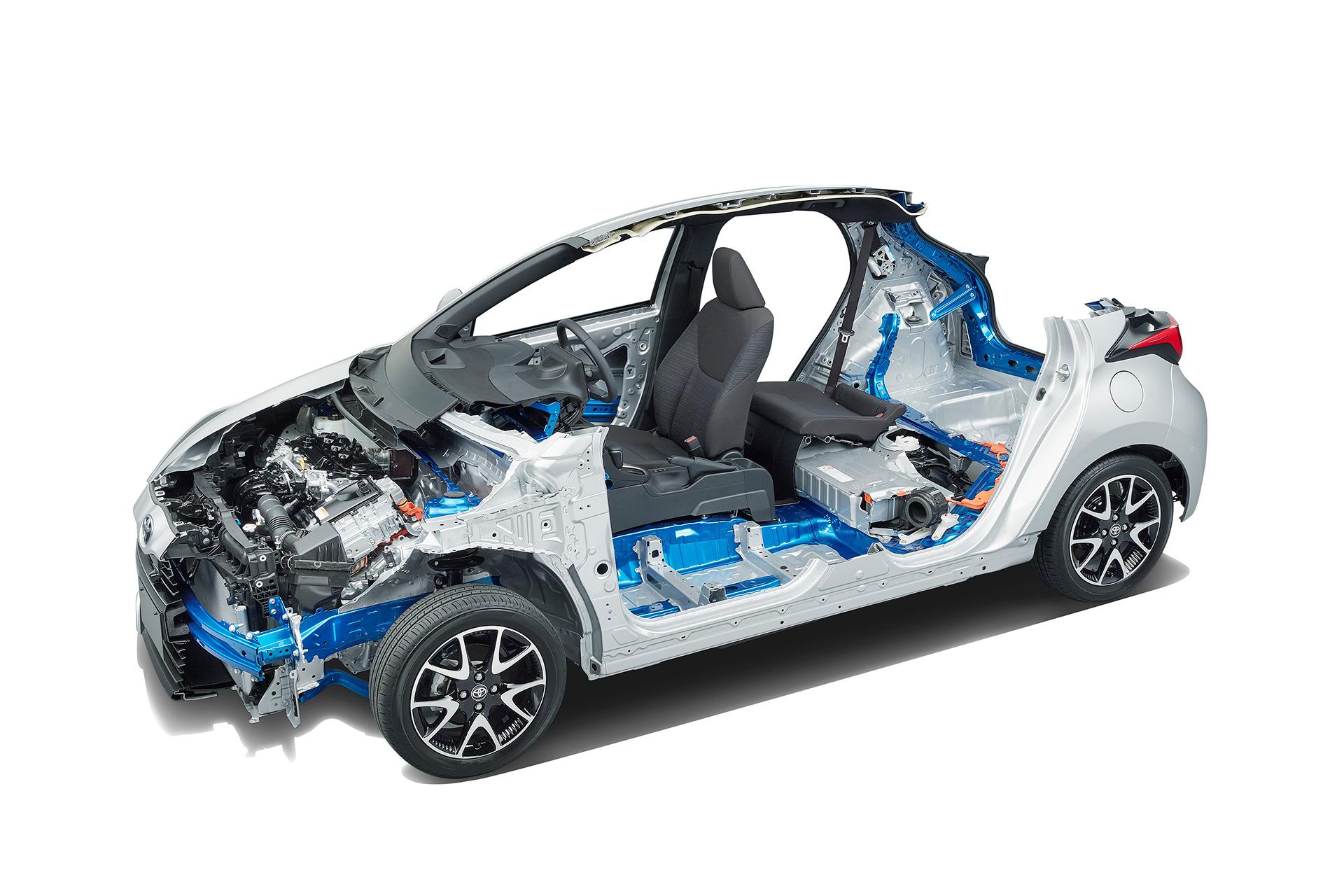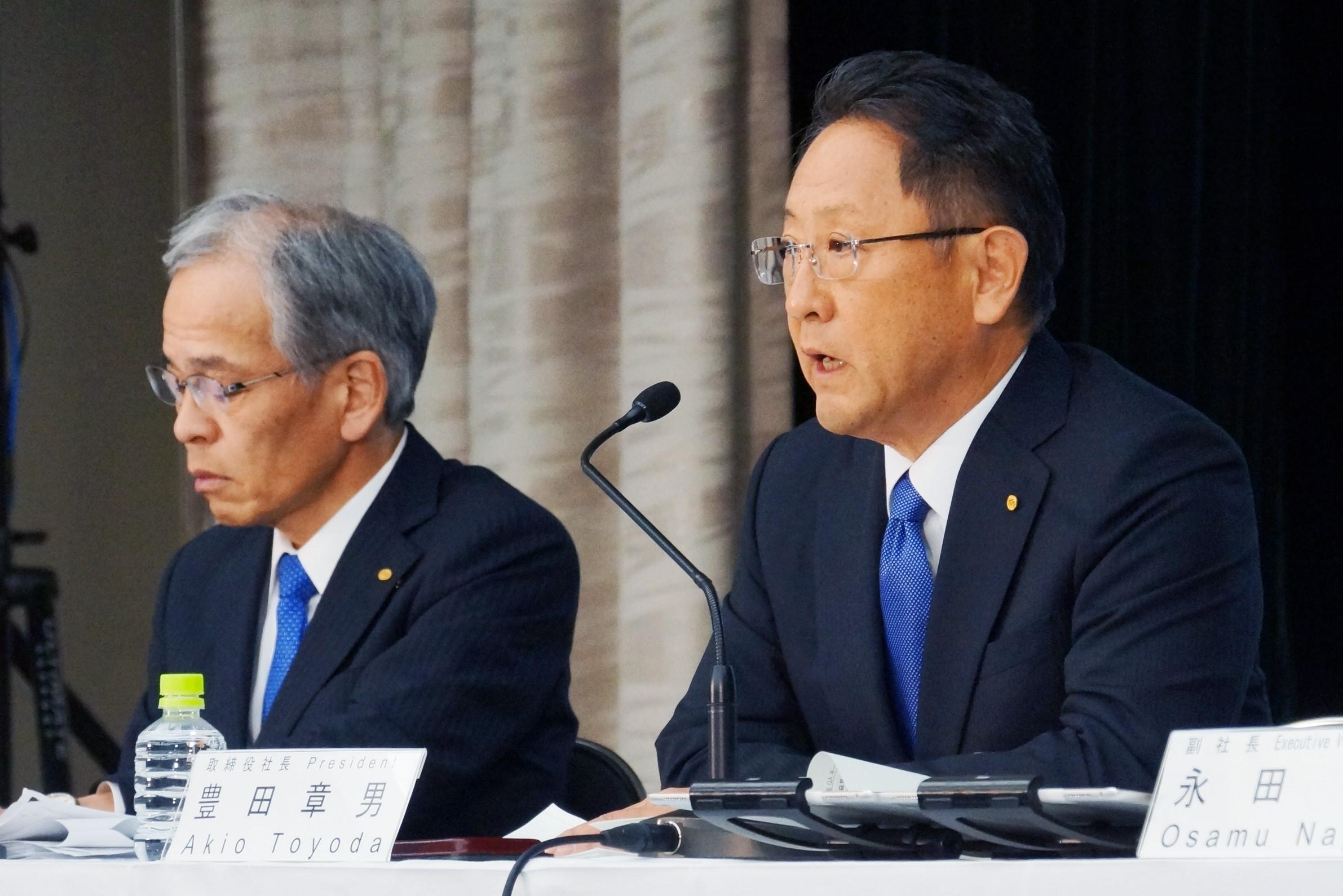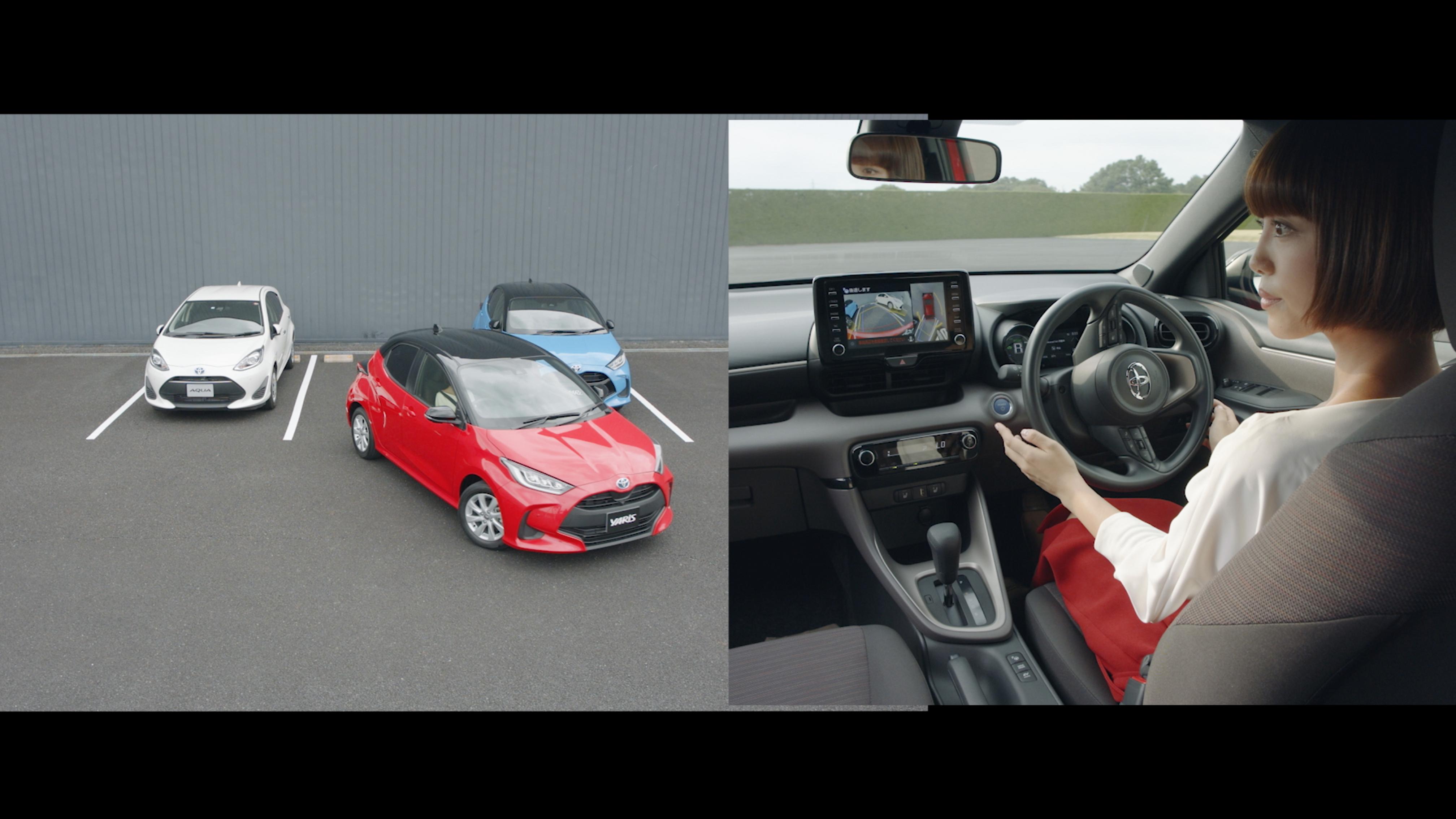
It is not widely known that the new Yaris was launched in 2020, one year after its originally scheduled launch in 2019, to gain one extra year for further development. Why? Toyota Times investigates the reason behind this decision.

Yaris is surely one of the models that represents Toyota’s endeavors of 2020.
After the all-new Yaris was launched last February in Japan, the Yaris lineup expanded with the addition of the compact SUV, Yaris Cross, in August, which was then followed by the GR Yaris in September. The GR Yaris is also known as the model that Akio (aka Morizo) drove in races last year.
Also, it’s hard to miss Yaris’ success in motorsports. Last month, Yaris WRC took home both first and second place during the season opener of the FIA World Rally Championship (WRC), which is the most prestigious rally competition.
In the Pirelli Super Taikyu Series 2020, GR Yaris (of ROOKIE Racing) won the series championship in the ST-2 class, impressing motorsports fans at home and abroad with its success.

In Japan, Yaris took first place in the 2020 new car sales ranking (excluding minivehicles), making it the car of choice for many customers.
Moreover, it has been nominated for the Car of the Year 2021 in Europe, which is to be announced on March 1.
Though the Yaris has been good news to Toyota both as a racing car and a commercial car since its launch, it was initially not intended to be launched in 2020. In fact, it came out one year after the initially scheduled launch date.
The decision of this one-year delay was made after thoughtful considerations by Toyota’s top management.
The Difficult Decision
During an internal meeting in March 2015, the management team, including Akio, received a report regarding the developmental status of TNGA (Toyota New Global Architecture).*
According to the report, the unit cost of the small car platform (GA-B platform), scheduled to launch in 2019, didn’t reach the target.
* TNGA is the structural reform initiative in Toyota’s car-making for ever-better cars to achieve drastically improved basic performance and product appeal through fundamental redesign of platforms and powertrain units (engine, transmission, and hybrid unit).

The TNGA initiative was announced publicly in 2012, and the all-new Prius that runs on the first TNGA platform was to be launched at the end of that year (2015).
Other TNGA platforms for larger high-end models were planned to follow the first one, and Toyota’s engineers were fully occupied with that development and could not afford enough time for the GA-B platform.
In addition, the GA-B platform became larger, heavier and more expensive than it should be, since it shared units and parts with preceding platforms.
However, delaying the launch of a car is no easy task. The impact of changing the plans is considerable since a car consists of 30,000 parts.
Moreover, with respect to the Yaris, the last full model change of the former model was at the end of 2010 in the Japanese market. It would have become a longevity model of nine years even if the revamp had been done as planned.
The Yaris has been Toyota’s flagship model in Europe, and it’s in the highly competitive segment. The one-year delay would impact the management of dealers in Japan and around the world selling current models.
A success of a model would also impact operation and employment of the plants that produce the model. In the case of the Yaris, it was Toyota Motor East Japan and Toyota Motor Manufacturing France.
It’s no longer just about development. The management team had to make a significant decision that would impact global sales and production.
“No” to Prioritizing As-Scheduled Launches
After mulling over it, Akio decided to delay the launch for one year. The decision was based on something he has stood by since he became president.
“We must go back to the basics. We are to unite as a company and reconsider what we need to do to make ‘ever-better cars’ by utilizing the additional time that we have,” he commented.
In fact, two years after the decision, Akio had been outspoken about the issue of that time.
It was at the announcement of the financial results for the fiscal year ending March 2017. Even though he didn’t mention it specifically, he was obviously thinking about the development of Yaris in his speech.

I realize now that, through TNGA, our efforts to make ever-better cars have started to take root as an unshakable axis that penetrates our technological development, production engineering and production sites.
Until now, there were times when Toyota’s cars were called “boring” or were said to be lacking in character. But I now feel that, in terms of driving and design, our customers have begun to favorably evaluate our cars.
On the other hand, when it comes to making ever-better cars in a smart way, it is becoming apparent that there is still room for improvement.
For example, might it not be the case that an over-enthusiastic desire to make ever-better cars is putting priority on improving our competitiveness in terms of performance and quality, while leaving issues of cost and lead time for later?
Or, is the way we work capable of thoroughly implementing the basic principle of “appropriate sales price minus appropriate profit equals ideal cost”?
In other words, I feel a strong sense of crisis about whether or not we are actually executing car-making from the perspective of the customer in all Toyota workplaces—from development, production, procurement and sales, all the way to administrative divisions.
“The current development is based on a routine we have been using for some time, of conducting minor changes at predetermined times, followed by a full model change after a few years.”
“At some point, launching new models as scheduled became a greater priority than making ever-better cars. Are we really thinking about customers in making cars?”
With these thoughts in mind, Akio made the decision to delay the launch by a year. This was very unusual at Toyota.
Soon after, the newly gained time was used to conduct a thorough company-wide effort to reduce both the weight and cost.
As a result, Toyota was able to install a new hybrid system that hadn’t been included in the initial plan, which improved driving performance and helped to achieve the world’s highest fuel efficiency for a hybrid vehicle.
There were many Toyota-first safety systems. Yaris could have many additional features in tandem with efforts to reduce costs and mass.

Nothing Sacred in Making Ever-Better Cars
Since the beginning of developing the Yaris, Toyoda has consistently insisted, “making ever-better cars starts with compact cars.”
A safe and comfortable interior space must be achieved, while keeping the body small. The ride must be comfortable even with a small displacement. More importantly, they need to be affordable for customers.
Competitiveness of car-making is tested in developing compact cars. This strong belief is apparent in Akio’s decision to delay the Yaris launch by one year.
More than five years have passed since the decision was made. So far, the Yaris has proved Akio’s commitment to reforming Toyota’s vehicle development, believing that nothing should be considered sacred when it comes to making ever-better cars.

